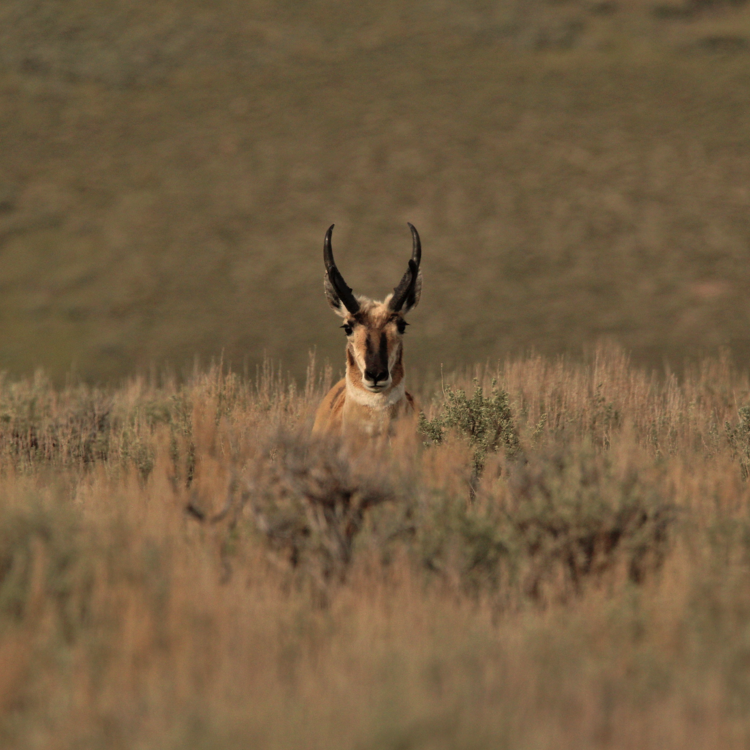
Pronghorn are a cherished species of big game and an iconic part of Wyoming and the West. Although many may view them as commonplace in Wyoming, they are an ecologically remarkable species with a suite of traits that differ drastically from any other species of wild game in North America. In Wyoming, pronghorn are a fundamental part of the landscape, and represent an important species of game that generates millions of dollars annually for wildlife conservation and management through hunting.
We sampled harvested pronghorn in central to south-central Wyoming to learn about horn size, age structure, and potential hunter opportunity. We sought to understand how pronghorn grow horns as they age, and whether growth is affected by habitat and weather or climactic conditions. This information may allow wildlife managers to adjust hunting seasons to improve hunter opportunities.
This project concluded in summer 2023, and the findings are in the process of being published in peer-reviewed journals.
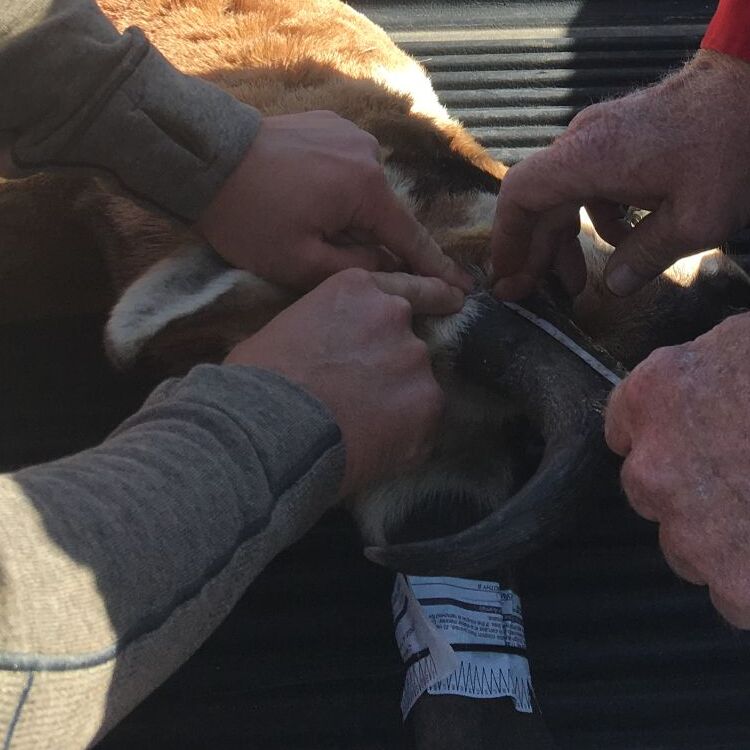
Main Findings

Finding 1: Pronghorn grow big horns early in life.
Pronghorn reach impressive sizes within the first few years of life. By 3 years of age, males have attained over 95% of peak horn sizes, surpassing horn growth of all other big game species in North America.
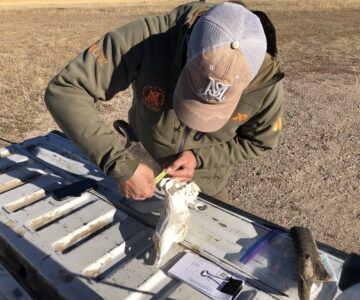
Finding 2: Early experiences shape horn growth of pronghorn.
When hunters put their boots to the ground in the fall, what they find during their hunt may depend on environmental conditions in previous years. In the year a male was born, snow depth and the moisture of that winter positively influenced how big his horns grew for the remainder of his life. With increased moisture, mothers may have access to more or better food and can provide their sons with a good start to life—a good start that remains evident in the horns they grow for their entire lives.
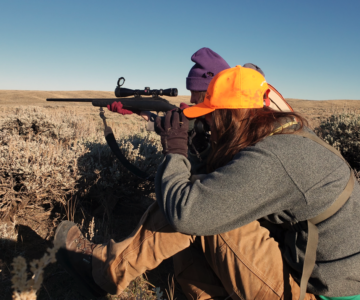
Finding 3: Horn size and age of pronghorn did not translate to sex ratios of the population.
For most big game, just how many boots hit the ground is a balancing act that wildlife managers face annually: too many hunters may mean fewer big-horned animals on the landscape. For pronghorn, however, their fast pace of life attenuated the typical tradeoff between harvest pressure and horn size. The sex ratio of populations, which can indicate the age structure of males, had no influence on either the age or horn size of pronghorn males, indicating an increase in harvest is possible for pronghorn
Project lead
Lee Tafelmeyer
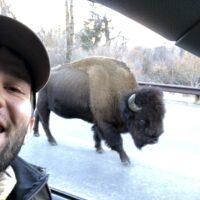
Collaborators, partners, and funders
This project is conducted in close collaboration with the Wyoming Game and Fish Department. This project is supported by the Wyoming Game and Fish Department and the Wyoming Governor’s Big Game License Coalition.

